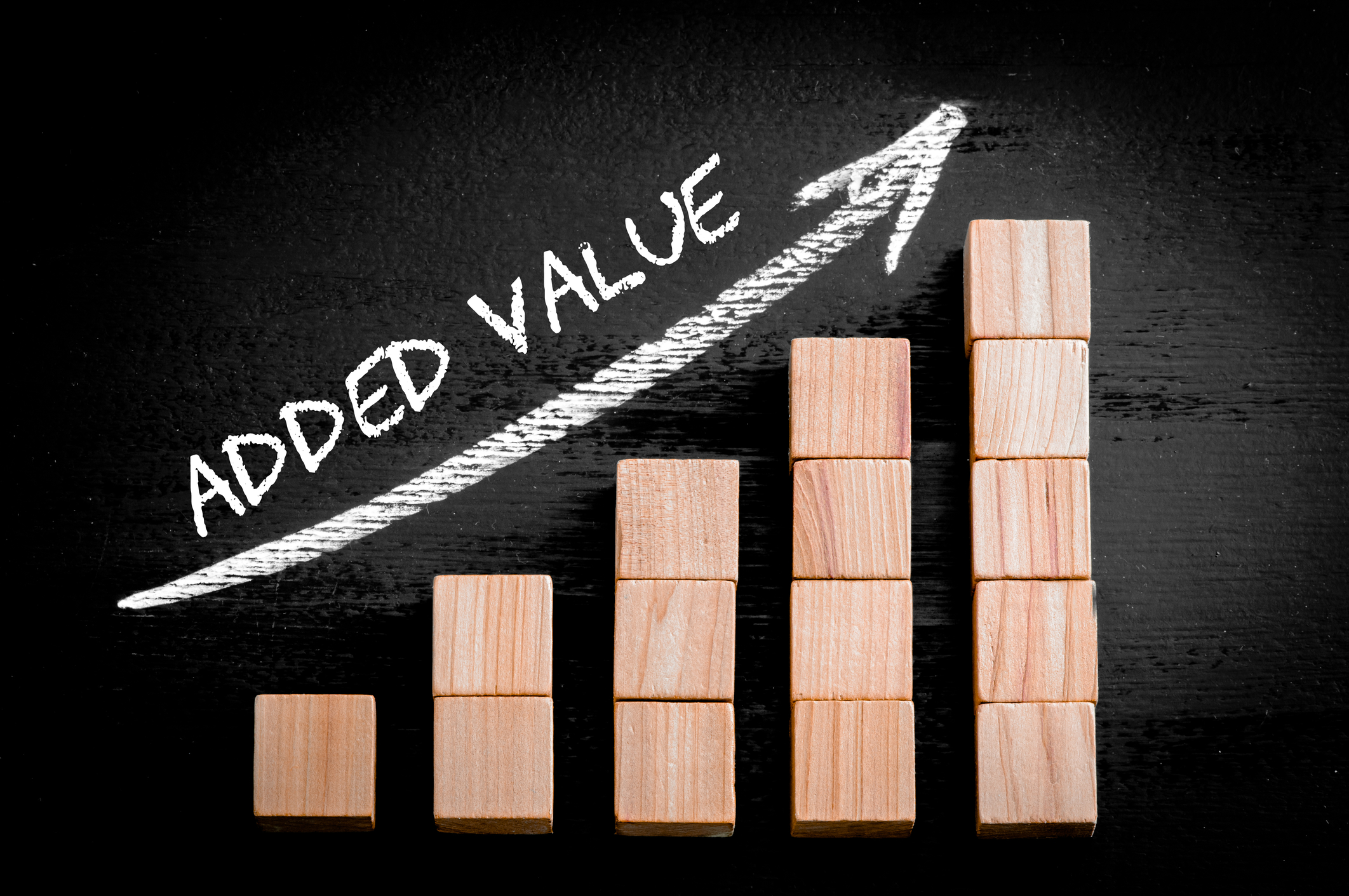One day my IBM sales rep Steve dropped by and asked why I continued to purchased hardware from him. “We don’t have the lowest prices. We don’t always have the newest features. Why do you continue to use IBM as your primary vendor?”
As the datacenter manager at that point in my career, I had many of IBM’s competitors offering to bid for my business. In discussing why I told most of them not to waste my time or theirs, Steve shared an insight he and the other IBM reps had developed. “It appears that a competitor would have to offer identical features at a savings of at least 25 percent before most datacenter managers would even bother to entertain a proposal.”
As I thought about it, that 25 percent represented in hard cash the worth of the “value-added” we got from IBM. What warranted that 25 percent premium? The ongoing support, the conservative design of hardware, the periodic visits to IBM facilitates, and, most of all, the lower perceived risk of relying on IBM for a critical part of our business. The cliché in our business at the time was that “no one ever lost his job for recommending IBM.”
My approach to determining what a client’s value-added is worth is simple. Ask existing customers, yourself, or your salesmen, “What would it take for you to entertain an offer from a competitor for identical services?” Would it be 25%? 15% 10% or less than 1%? If the price sensitivity for an existing customer is under 1 percent, you are selling a commodity.
As an industry matures, products move inexorably in the direction of becoming undifferentiated commodities. Your strategic plan needs to include actions that both drive productivity and increase value-added. Productivity gains enable you to maintain profit margins and market share at competitive sales prices. Increasing value-added enables you to sustain the same or maybe an even greater sales price. (Consider Apple’s iPad 2, which had enough added-value to be marketed at the identical premium price as the original iPad, even with more marketplace competition.)




